Dell XPS 15 long-term review: What I think after owning one for 2 years
This is the ultimate XPS 15 review
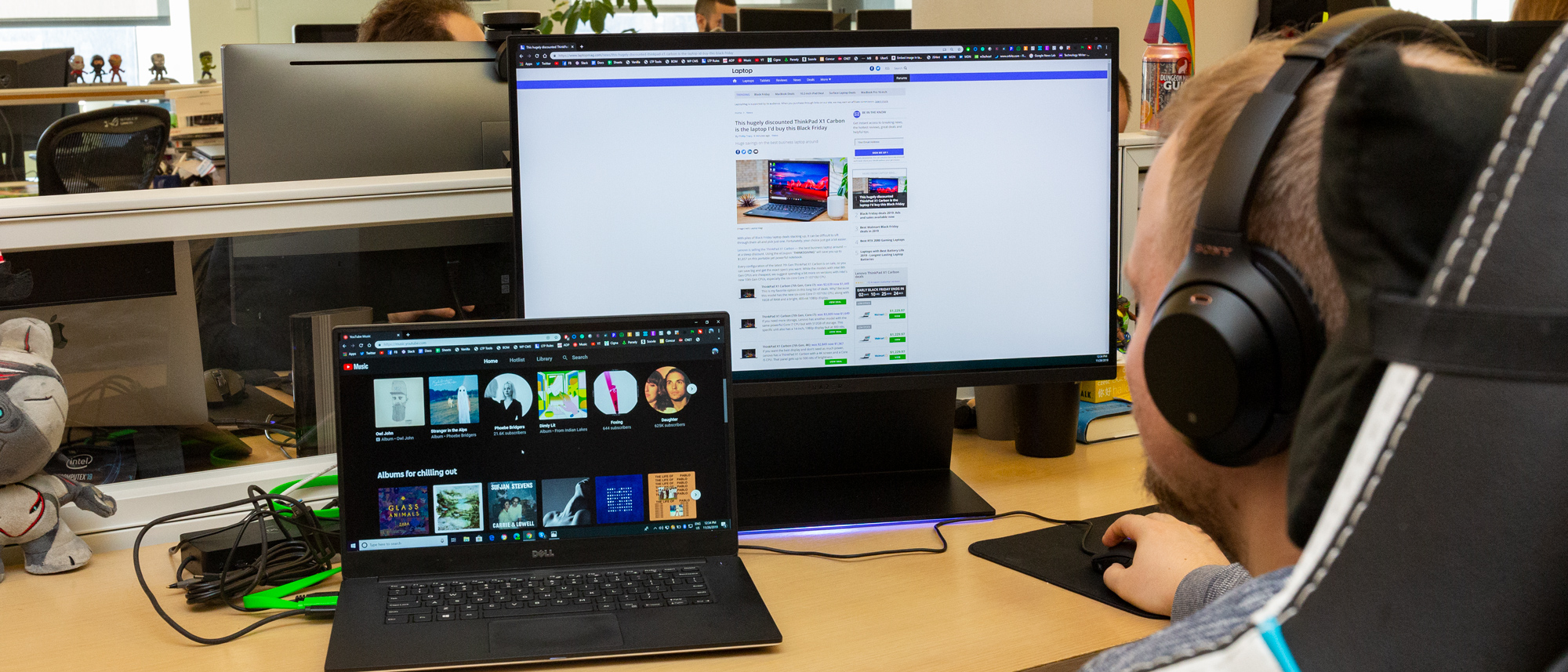
We spend enough time with products to give you a comprehensive look at the devices' potential, but all online reviews have some inherent limitations. For example, there is no good way to test quality control, battery longevity, or long-term durability and performance in the few days (or weeks, if we're lucky) we have to test products.

So, when my personal Dell XPS 15 hit its two-year anniversary, I thought it'd be a good idea to reflect on my experience with the laptop. I purchased the XPS 15 in December 2017 from Dell's eBay store for $1,299. I opted for a model with a Core i7-7700HQ CPU, 16GB of RAM, a 512GB SSD and an Nvidia GeForce GTX 1050 graphics card.
Now, two years later, I can share my long-term impressions of the XPS 15, to give you an idea how of Dell's flagship laptop holds up over time.
Why the XPS 15?
Two years ago, I had just graduated from college and started working for a tech publication, where I used my personal laptop to write articles, cover events, and edit and publish photos and videos. With such a wide range of responsibilities, I needed a laptop to be a jack-of-all-trades.
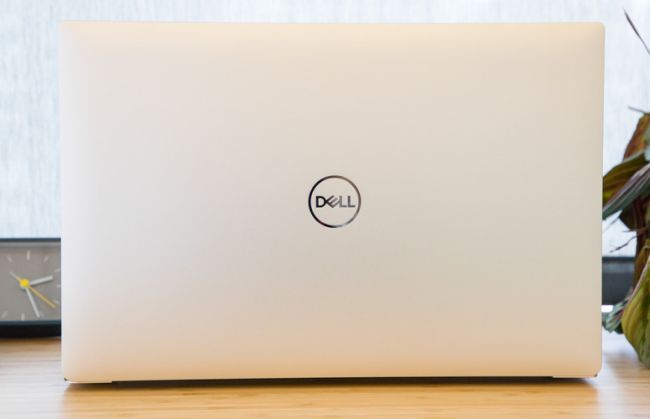
My previous laptop, the final Dell XPS 13 without the InfinityEdge display, was the perfect companion in college. It was compact enough to slip into my backpack and carry to class and fast enough to run programs like Tableau and Photoshop, and it had enough endurance to get through classes held in old University of Texas at Austin lecture halls without outlets.
Going into the real world, I knew I wanted something similar — a portable machine with long battery life — but I considered getting a 15-inch laptop to improve my productivity. After reading dozens of reviews, I narrowed my choices to the Dell XPS 15, the Dell XPS 13 and the HP Spectre x360 13.
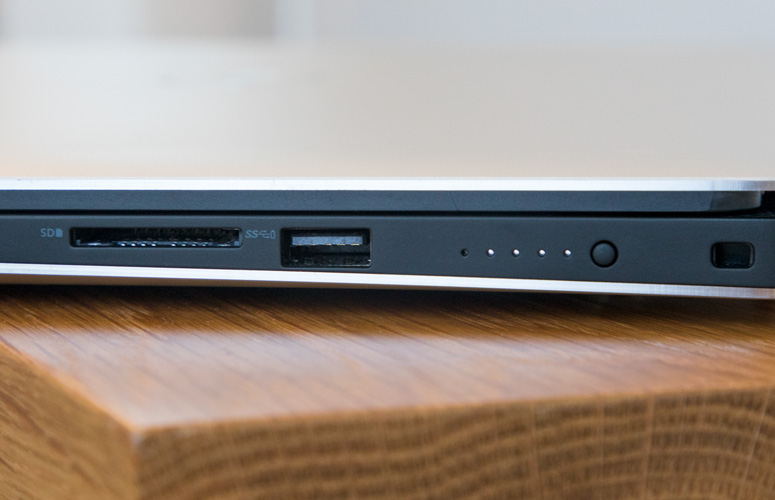
A short drive to my local Best Buy proved futile. The retailer only had the Spectre x360 on display, but as much as I swooned over its design, I couldn't get over the dim display of that 2017 model. A quick Google Maps search revealed that Microsoft hadn't yet expanded its budding stores into my area and that the laptop selection at Fry's is nothing like the range of components it sells.
Sign up to receive The Snapshot, a free special dispatch from Laptop Mag, in your inbox.
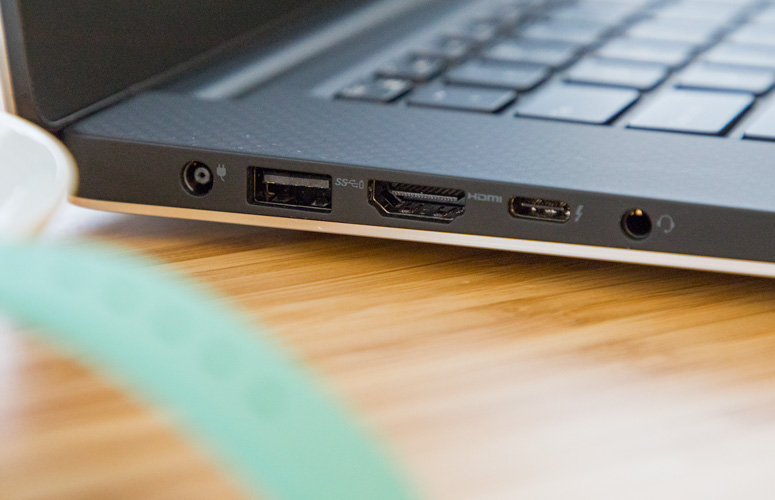
After much deliberation, I chose the XPS 15 for its larger display, which I hoped would reduce the typos my editors would have to fix (it hasn't). I also wanted the option to play video games with my brother but didn't need to run anything too demanding.
In the end, I found a good deal on eBay and spent $1,299 on an XPS 15 with a 1080p display, a Core i7-7700HQ CPU, 16GB of RAM, a 512GB SSD and an Nvidia GeForce GTX 1050 GPU.
I hadn't gotten any hands-on time with the XPS 15, so I relied on reviews and impressions from sites like this one to make my decision. But the reality is that I had not seen it in real life. So, when the box landed at my door, I was filled with excitement and worry. My biggest fears were that the 15-inch laptop wouldn't be portable enough for me to take it to events or on flights, and that it would power down in front of Tim Cook before I could publish my coverage of the latest iPhone.
Fortunately, those fears were unwarranted. The XPS 15 proved to be an excellent choice, although I've had to compromise on a few things.
A sturdy and (fairly) portable chassis
An important part of my job is event coverage. I've stashed the XPS 15 in my backpack and hauled it through airports and crowded, football-field-sized expo halls more times than I can count. On top of all that travel, I fly from New York to Detroit once or twice a month to visit my fiancée, and I bring my XPS 15 to get work done and stream Netflix.
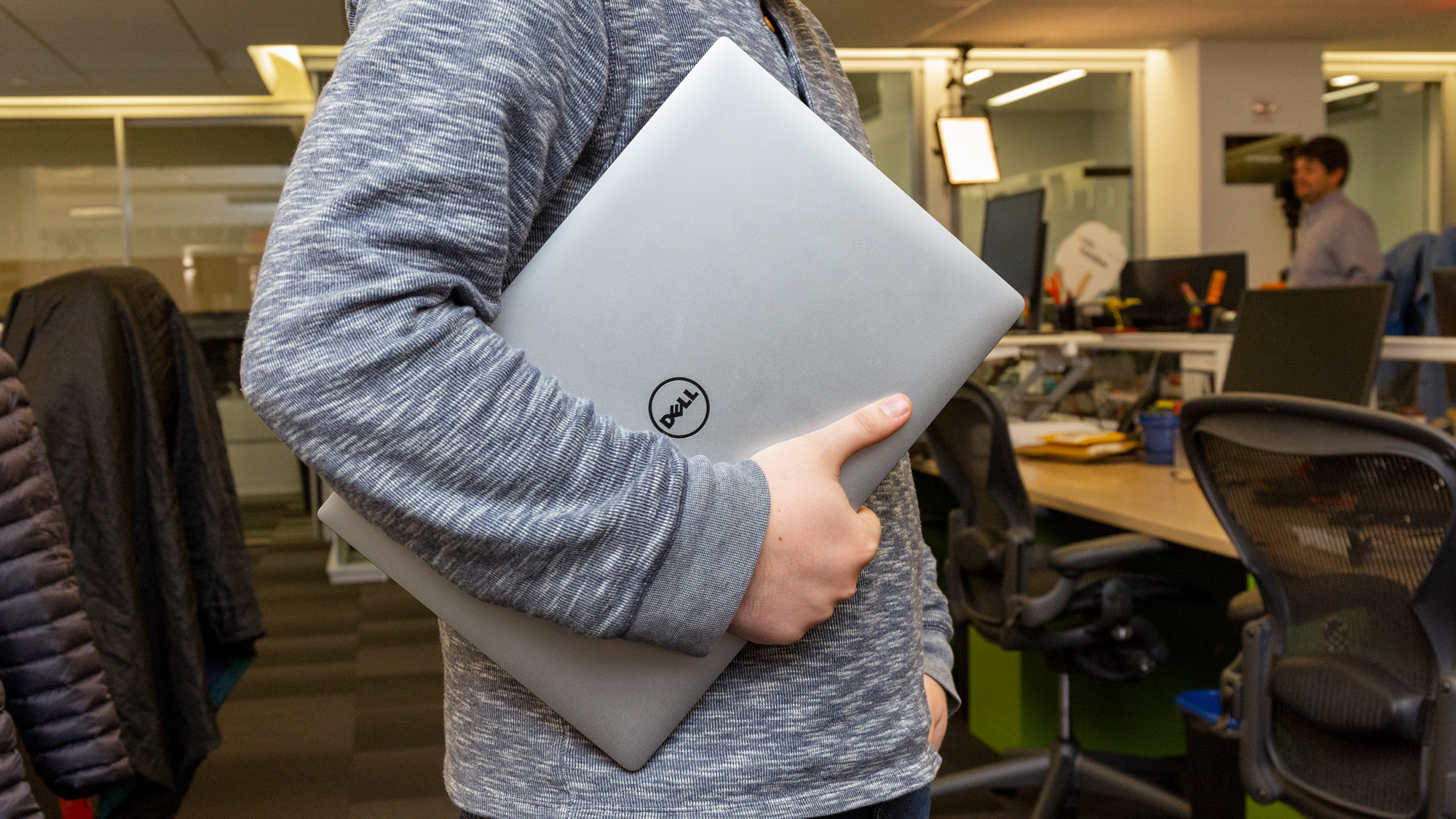
The XPS 15 has held up really well so far. The hinge feels as rigid as it was out of the box, and there aren't any visible scars on either the carbon-fiber deck or the aluminum lid. It was portable for a 15-inch laptop for its time, but competing laptops, like the Microsoft Surface Laptop 3, have overtaken it in that regard.
Dell did a good job of making the XPS 15 as small as possible, but it's still a bit bulky for my taste. The laptop is too large to be used comfortably on an airplane (at least the budget ones I fly on). For that, I recommend buying a tablet or detachable 2-in-1, like the Surface Pro 7 (or the Surface Pro 6 if you want to save some money).
It's also a tad hefty, at 4.6 pounds. I've never had to leave it at home or take off my backpack because of its weight, but I've definitely grown envious of some of the featherweight laptops I've brought home to review.
A great display then, a great display now
I love my XPS 15's 15.6-inch, 1080p nontouch display and have no regrets about turning down the optional 4K panel. In fact, I'd choose the 1080p display over the 4K option even if they cost the same.
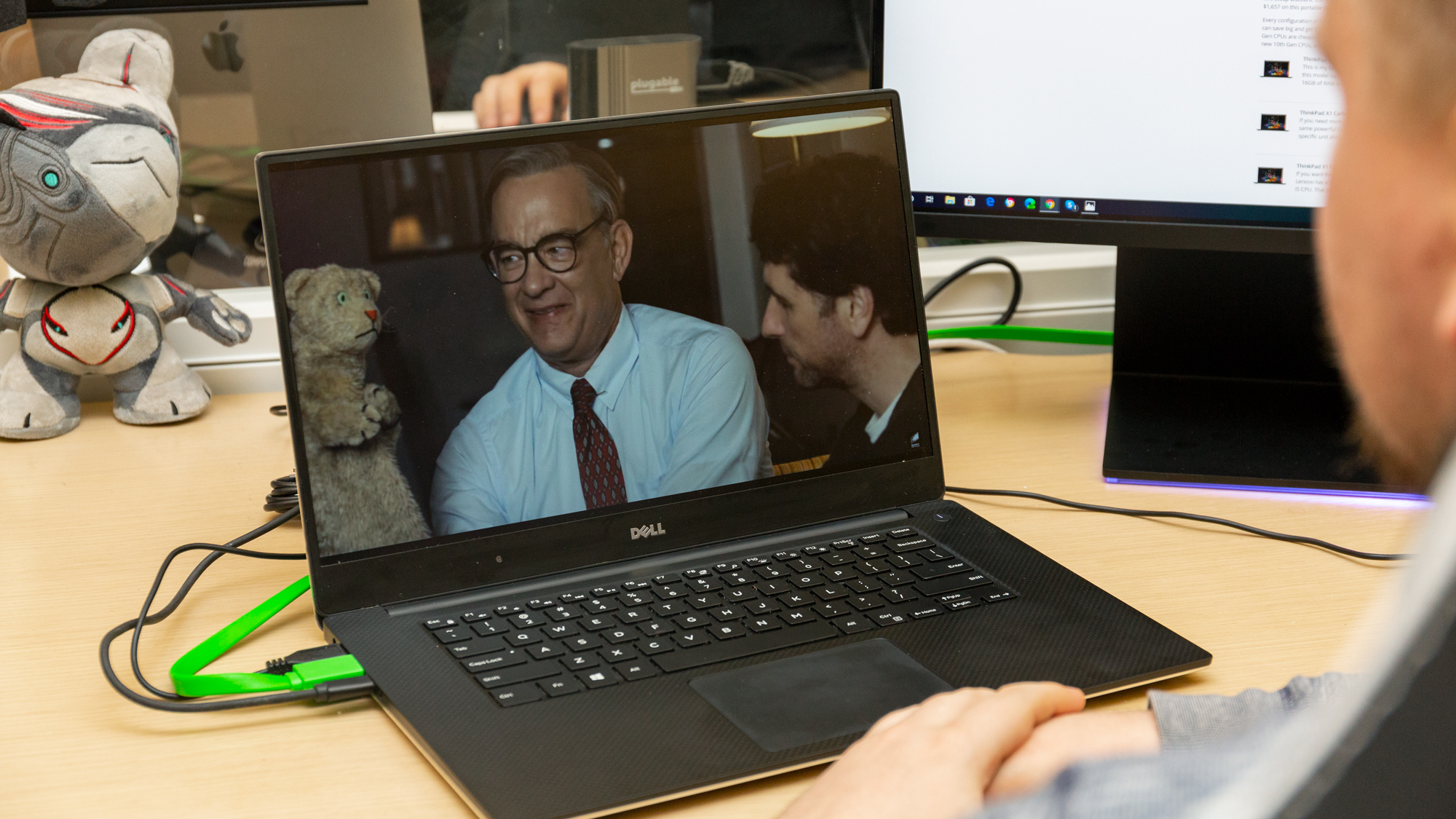
It's not that the 1080p panel looks better than the 4K display. Rather, the full-HD screen is still gorgeous by today's standards and doesn't sap nearly as much power.
I have binged everything from The Leftovers to The Expanse on the XPS 15, and I've been really impressed by its sharp picture, vivid colors and blinding brightness. In addition to having a great screen for streaming shows on Netflix, Amazon Prime and HBO, the XPS 15 is great for watching early-morning Bundesliga matches of my favorite soccer club, FC Bayern.
I've lusted for only a handful of laptop displays since purchasing the XPS 15, and those were 4K HDR or OLED panels on much more expensive machines. If I could do it all over again, I'd stick with the 1080p panel, but I might upgrade to a touch screen.
The XPS 13 I previously owned had a touch screen, and I occasionally miss the feature on my XPS 15. Sometimes, I find myself tapping lazily on the display when I'm lounging on the couch, only to remember that I cheaped out on the nontouch panel. A touch screen remains a nonessential feature for me, but it's something I'll consider upgrading to in the future.
Performance is never an issue
Another reason I chose the XPS 15 over the XPS 13 is that the larger model is powered by Intel's H-series processors. My 2017 model packs an Intel Core i7-7700HQ CPU. This quad-core processor has plenty of power, but it's a definite step down from the six-core processors of the current generation.
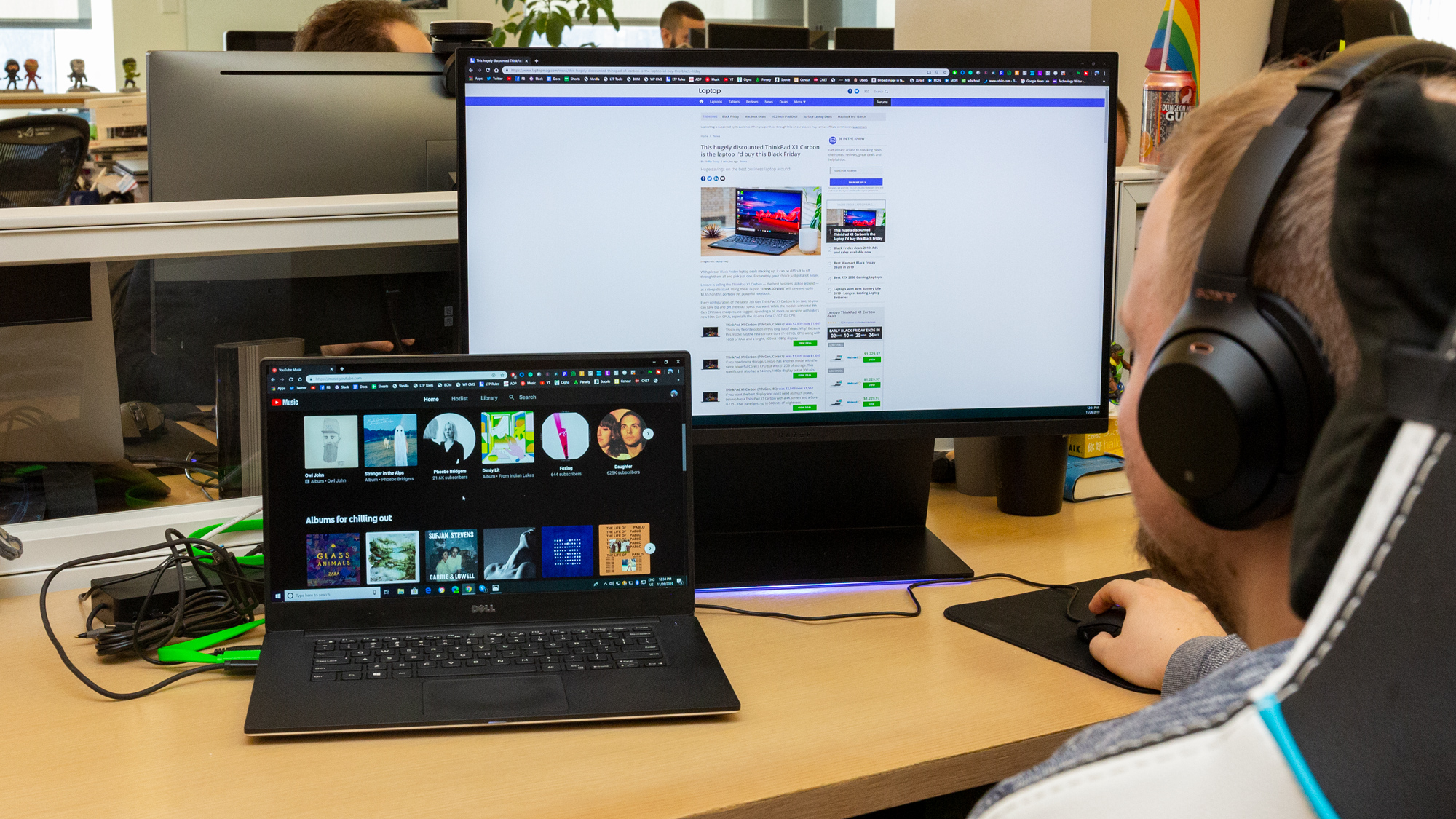
Regardless, I haven't run into any serious performance problems in the past two years. In fact, I can't think of a single application that didn't operate smoothly on the XPS 15, apart from a few games at maximum settings.
Just as important, the XPS 15 has never warmed to a point where it burned my skin, and I've never had to worry about the stability of the lithium-ion battery inside. Yes, the fans get pretty noisy when I'm gaming, but the humming is nothing a pair of headphones can't muffle or my noise-cancelling Sony WH-1000XM3 don't completely cancel out.
Now, about those gaming limitations. The XPS 15 let me play StarCraft: II with my brother — something the XPS 13 couldn't. As mentally taxing as it can be, playing StarCraft II, one of the greatest PC games of the decade, is how I relax after a long day at work. The GeForce GTX 1050 GPU in my XPS 15 can play the military-strategy game at comfortable frame rates up to medium graphics settings. I could probably get away with high settings, but any bit of lag can lead to your imminent death in SC II, so I drop things down to low in ranked play.
If I wanted to play newer games, or older ones at higher settings, I'd need to buy a proper gaming laptop, like the Alienware m17 R2. The GTX 1050 was a decent low to midrange card for its time, but it doesn't compare to the new RTX chips.
Great battery life (for now)
I was really happy with the endurance of my 1080p XPS 15 — for a while, at least. For the first year or so, I was consistently getting around 8 hours of battery life after regular use, which involved browsing the web with dozens of tabs open, watching YouTube videos and streaming Google Play Music with the display typically at around 80% brightness.
Now, I'm getting around 5 hours on a charge. I can only blame chemistry. As with all lithium-ion batteries, the one in my XPS 15 is degrading over time. A Windows 10 battery report told me the battery in my laptop has a full-charge capacity of 78,033 MWh,compared with the out-of-box capacity of 97,003 MWh. Some quick math shows that my laptop's battery drained by about 20% in the past two years.
We reran our battery test (which involves continuous web surfing over Wi-Fi at 150 nits of brightness) on my aging XPS 15, and it lasted for 8 hours and 41 minutes. That excellent result surprised me until I remembered that I leave dozens of tabs open when I work, and the screen brightness is always above 50%. So it's no wonder my real-world results aren't that high.
Stop looking up my nose
I knew what I was getting into when I bought the XPS 15, but I didn't realize how stupid the "nosecam" was until I tried it out. The view up my schnoz is unflattering, but a bigger problem is that my fingers block the camera when I type because the lens is positioned right above the keyboard.
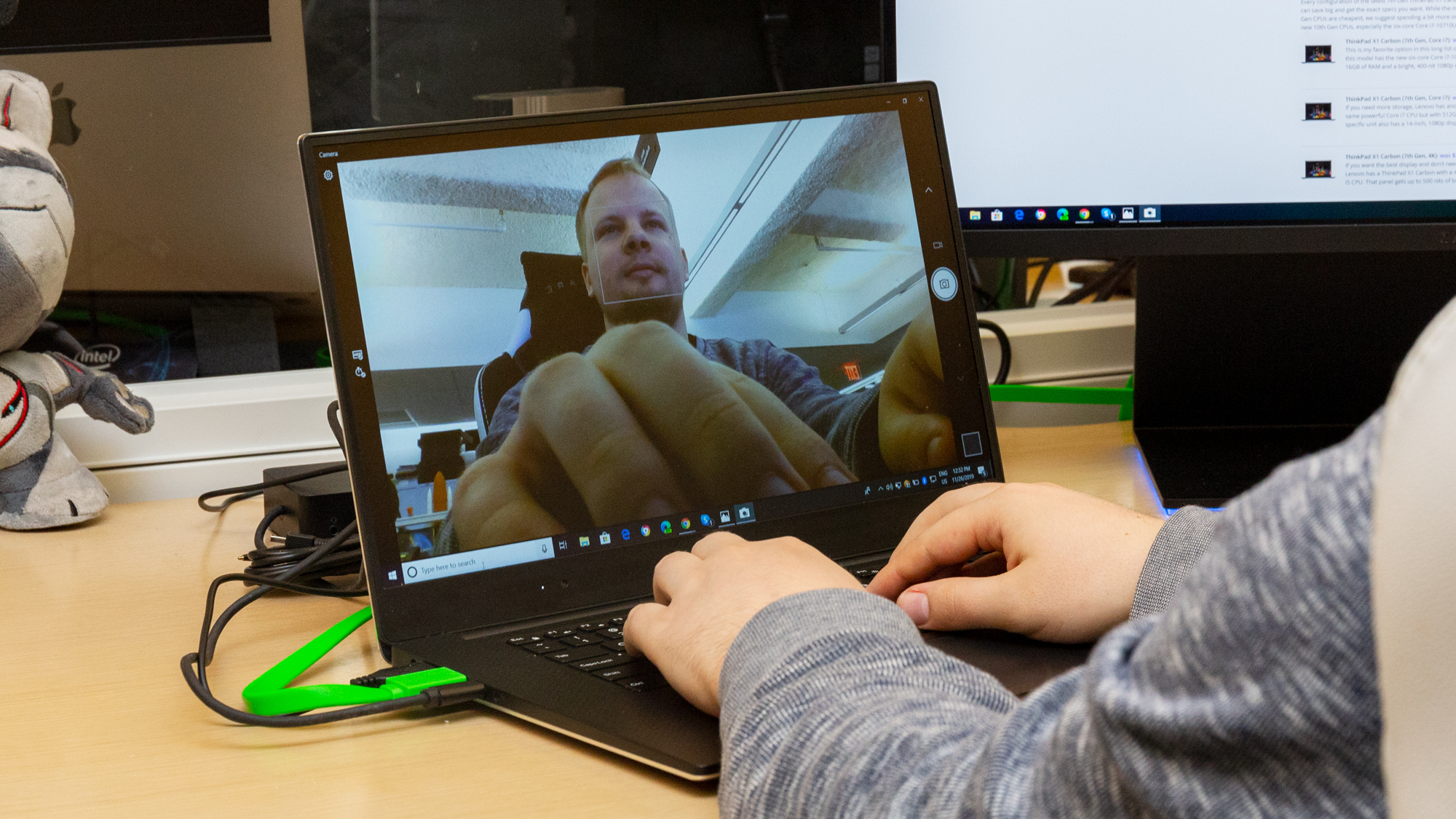
It took explaining to my first interviewee why my webcam was covered before I quickly made the decision to purchase a Logitech HD Webcam C920, which remains the best external webcam after several years on the market. As great as the C920 is, remembering to pack the webcam everywhere the laptop goes hasn't gotten any easier. The nosecam is especially annoying because I'm in a long-distance relationship and video chat regularly with my fiancée.
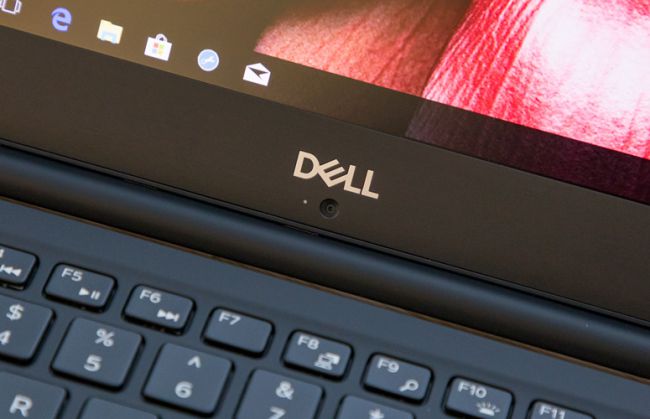
Though I missed out, there's good news for anyone who is considering this laptop: Dell fixed the notorious nosecam problem earlier this year by placing its new custom-made webcam on the slim bezel above the latest XPS 15's display. Too bad it's two years too late for me.
Always connected to Bluetooth
Whether I'm hooked up to my Edifier bookshelf speakers or Sony WH-1000XM3 headphones, I'm always connected to an audio device via Bluetooth so that I don't have to listen to music through the XPS 15. The laptop's speakers just don't sound good. Music is muddy, and voices can be difficult to decipher at lower volumes.
I can't tell if something is wrong with the speakers or if they're just not tuned properly. Thinking back, they sounded fine out of the box. But that lasted for a few days, so it's possible they failed at some point. Whatever the case, the XPS 15's speakers are one of its few shortcomings, and the speakers on the newest model fall short of the sound from competing laptops.
Quality control can be an issue
Thrilled with my new laptop, I wholeheartedly recommended the XPS 15 to my brother about a year and a half ago. An amateur photographer, he purchased the 4K model for editing photos in Photoshop. But what should have been the perfect laptop for his needs quickly turned into a series of problems.
My brother started getting hit with blue screen errors a few weeks into using the laptop. He'd be browsing the web, editing photos or watching a YouTube video when a blue screen would appear out of nowhere. The error message would signal the death of his session, and he'd have to restart the laptop.
While this doesn't appear to be a widespread issue, it doesn't seem to be an isolated instance; a number of XPS 15 customers have complained on various forums about the "blue screen of death." Dell has a support page explaining that the Blue Screen Error is for when Windows encounters "an error it cannot recover from without losing data."
My brother's hatred for the XPS 15 intensified when his touchpad mysteriously started lifting. This was caused by battery bloat, or swelling, an issue that forced Dell to offer free replacement batteries for certain XPS 15 models, even those out of warranty.
These are the types of problems we can't foresee as reviewers, so we always recommend looking at user reviews (and praying to the laptop gods) before buying a laptop. We've reached out to Dell for comment on these problems but haven't heard back.
If my XPS 15 died today ...
I would replace it with the Lenovo ThinkPad X1 Carbon. I know; I just spent some 2,000 words praising the XPS 15 and concluding that it has practically no faults. And don't get me wrong; I'm really glad I landed on this laptop.
It's been a reliable workhorse these past few years. I love the large, colorful display and the premium materials, and I love that it looks practically new after surviving dozens of flights, both domestic and international.
Still, if I needed a new laptop today, I'd get the ThinkPad X1 Carbon. As compact as the XPS 15 is, Dell hasn't yet embraced the "light" part of "thin and light." The ThinkPad X1 Carbon, a business laptop, offers a compact chassis that's also super-lightweight.
The same goes for the HP Elite Dragonfly, although I'm not sure I'm willing to drop back down to 13.3 inches, even for that majestic dark-blue machine.
Performance, especially when it comes to graphics, would be the biggest trade-off when going from the XPS 15 to the ThinkPad X1 Carbon. The XPS' H-series chips are more powerful than the U-series ones in the Lenovo laptop. But I don't think I need so much power. I'd have a harder time giving up the XPS 15's discrete GPU — but I plan on buying the Xbox Series X when it arrives, so my days of PC gaming are numbered.
Don't let this dissuade you from getting the XPS 15 if you think it's the right fit. To give you a strong indication of how I feel about it, I have no plans of getting another laptop anytime soon.
Phillip Tracy is the assistant managing editor at Laptop Mag where he reviews laptops, phones and other gadgets while covering the latest industry news. After graduating with a journalism degree from the University of Texas at Austin, Phillip became a tech reporter at the Daily Dot. There, he wrote reviews for a range of gadgets and covered everything from social media trends to cybersecurity. Prior to that, he wrote for RCR Wireless News covering 5G and IoT. When he's not tinkering with devices, you can find Phillip playing video games, reading, traveling or watching soccer.

